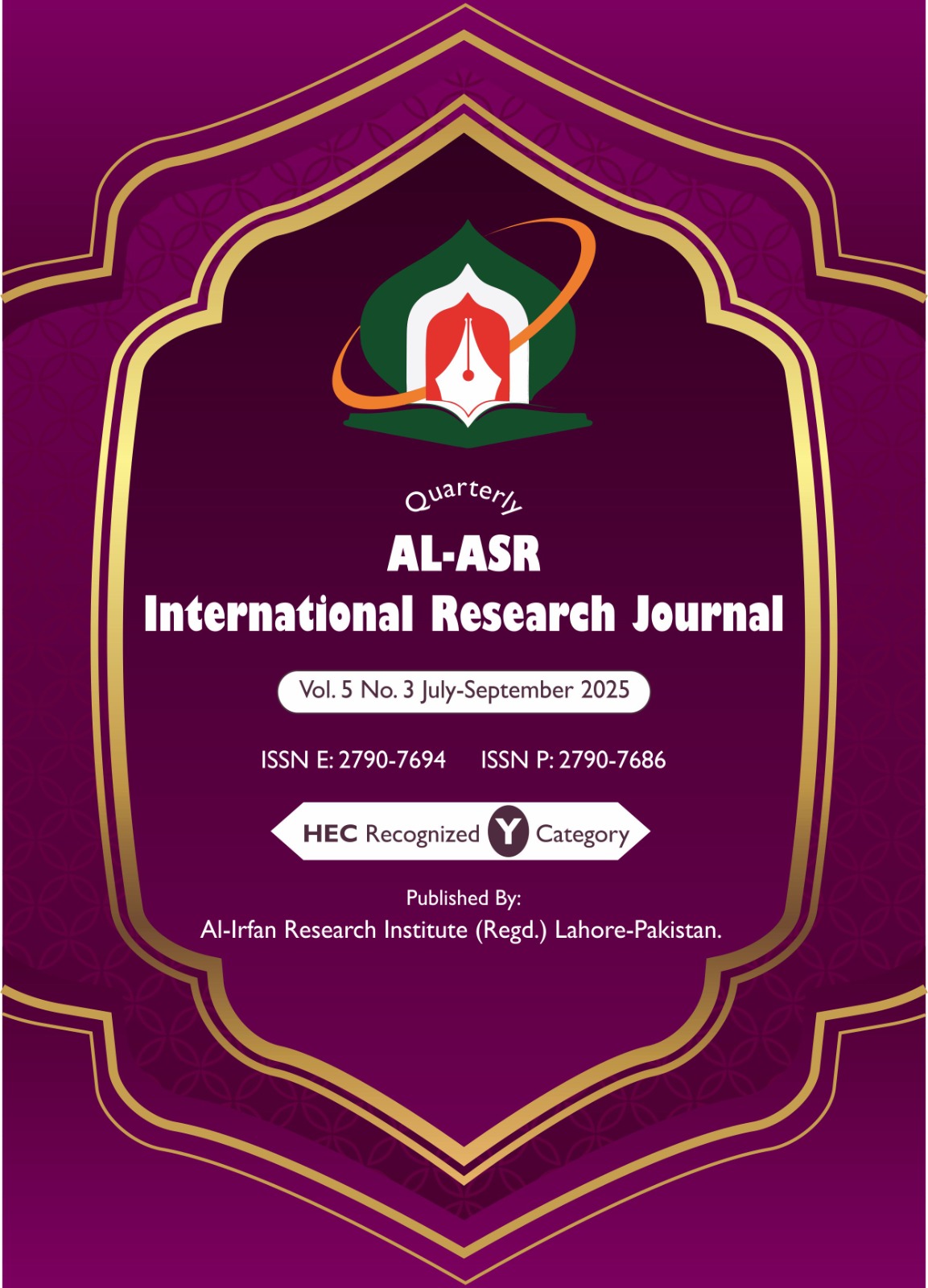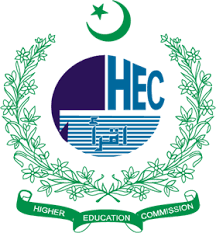The artistic colors of the Arab Spring’s impact in the modern era
الألوان الفنية لتأثير الربيع العربي في العصر الحديث
Abstract
The Arab Spring marked a pivotal moment in the contemporary history of the Arab world, triggering waves of revolution, protest, and social transformation. These events were not only political but also deeply artistic, as visual expression became a powerful medium for documenting and interpreting the struggles of the people. This article explores how colors were employed in artistic depictions of the Arab Spring to convey symbolic meanings and emotional depth. Red emerged as the color of revolution and sacrifice; black represented oppression and mourning; white symbolized peace and hope; green reflected renewal and national identity; while blue and yellow illustrated contrasting emotions of optimism and caution. From street murals to digital artworks, color became a crucial tool for revolutionary expression. Through this lens, the study reveals how art served as both a witness and a voice of the people, making color not merely a visual choice, but a political and emotional statement.Poetry holds a great status among Arabs, as it is one of the most important elements of their culture and heritage. It expresses their lives, history, and values. In the past, poetry was a means of defending the tribe, religion, and homeland, as well as a tool for expressing emotions, wisdom, and ideas. Arabic poetry was considered the "diwan of the Arabs," meaning it was the reference that preserved their news, knowledge, and language. Over time, poetry evolved, and its styles and themes diversified. Its forms changed in response to the development of Arab society. From the Mu‘allaqat of the pre-Islamic era—which recorded tales of valor, wisdom, and longing—to the poetry of the early Islamic period that focused on religious values and the call to faith, then to the Umayyad poetry that blended politics, love, and pride, and later to Abbasid poetry which reached its peak in artistic and linguistic diversity, and finally to modern poetry that expressed the Arab individual's concerns and the issues of homeland and identity.Each of these stages reflects the evolution of Arabic poetry in terms of language, imagery, and artistic structure, highlighting poetry’s deep connection with life and its interaction with intellectual, social, and political transformations. Literature is an important part of people’s lives. It expresses their feelings, thoughts, and the realities they experience in society. That’s why many writers and critics say that “literature is the mirror of society,” because it shows us how people think, what their problems are, their hopes, and their daily lives. As mentioned, throughout history, literature has played a major role in influencing society. For example, the novel Uncle Tom’s Cabin helped change people's views on slavery in America, and the novel Season of Migration to the North influenced how Arabs understood their relationship with the West. Prominent Arab writers such as Taha Hussein, Naguib Mahfouz, and Adonis also confirmed that literature is not isolated from life but rather both affects and is affected by it. The poet or writer lives in their community, feels what the people feel, and then writes it in the form of a poem, story, or novel. Thus, we can say that literature and society go hand in hand, each one influencing the other. Literature is not just a means of entertainment but a powerful tool for understanding life and changing it for the better.Since the Spark of the Arab Spring in December 2010 in Tunisia, the Arab world has witnessed radical changes that were not limited to politics and economics, but extended deeply into literature, arts, and public discourse. These revolutions ignited a wave of popular awareness and stirred the emotions of the masses, prompting intellectuals and creatives to reshape their artistic expressions to reflect the new reality. Literature transformed from a tool of individual expression into a means of resistance and a vibrant historical record that documents the pains of the people and their aspirations for freedom and dignity. In the field of poetry, political and social poems emerged with unprecedented prominence. Poets used language that resonated with the general public—simple, unpretentious, and loaded with themes of revolution, anger, and hope. Poets like Hesham Al-Gakh and Ahmed Matar wrote verses that captured reality and exposed corruption and tyranny. These poems spread widely through social media, becoming the voice of the masses and slogans for protests. As for prose and essays, they abandoned politeness and symbolism in favor of directness and realism, highlighting urgent issues such as political repression, lack of social justice, and rampant corruption. Essays became tools for exposing the truth, confronting power, and expressing the street's anger and rejection of injustice. Arabic novels after 2011 took on a documentary and critical tone, narrating real stories about detained youth, devastated families, and internal conflicts after the fall of regimes. The novel "A City That Will Not Die" shed light on post-revolution Egypt, while "Pages from the Notebook of Fear" depicted the reality of repression in Tunisia. "The Crocodiles" was an example of experimental fiction that blended political events with a new literary style. Theater also played an important role in spreading political and social awareness, becoming a free platform reflecting the voices of the marginalized. Plays such as "Now I Understand You" in Jordan and "A Matchstick" in Yemen tackled issues like corruption, unemployment, and women's rights. After the Arab Spring, theater transcended traditional censorship and boldly addressed social and political taboos, making it closer than ever to the pulse of the street.
Keywords: Arab Spring, Symbolic Colors, Revolutionary Art, Visual Expression, Street Murals, Digital Art, Political Culture, Contemporary Art, Color Symbolism









